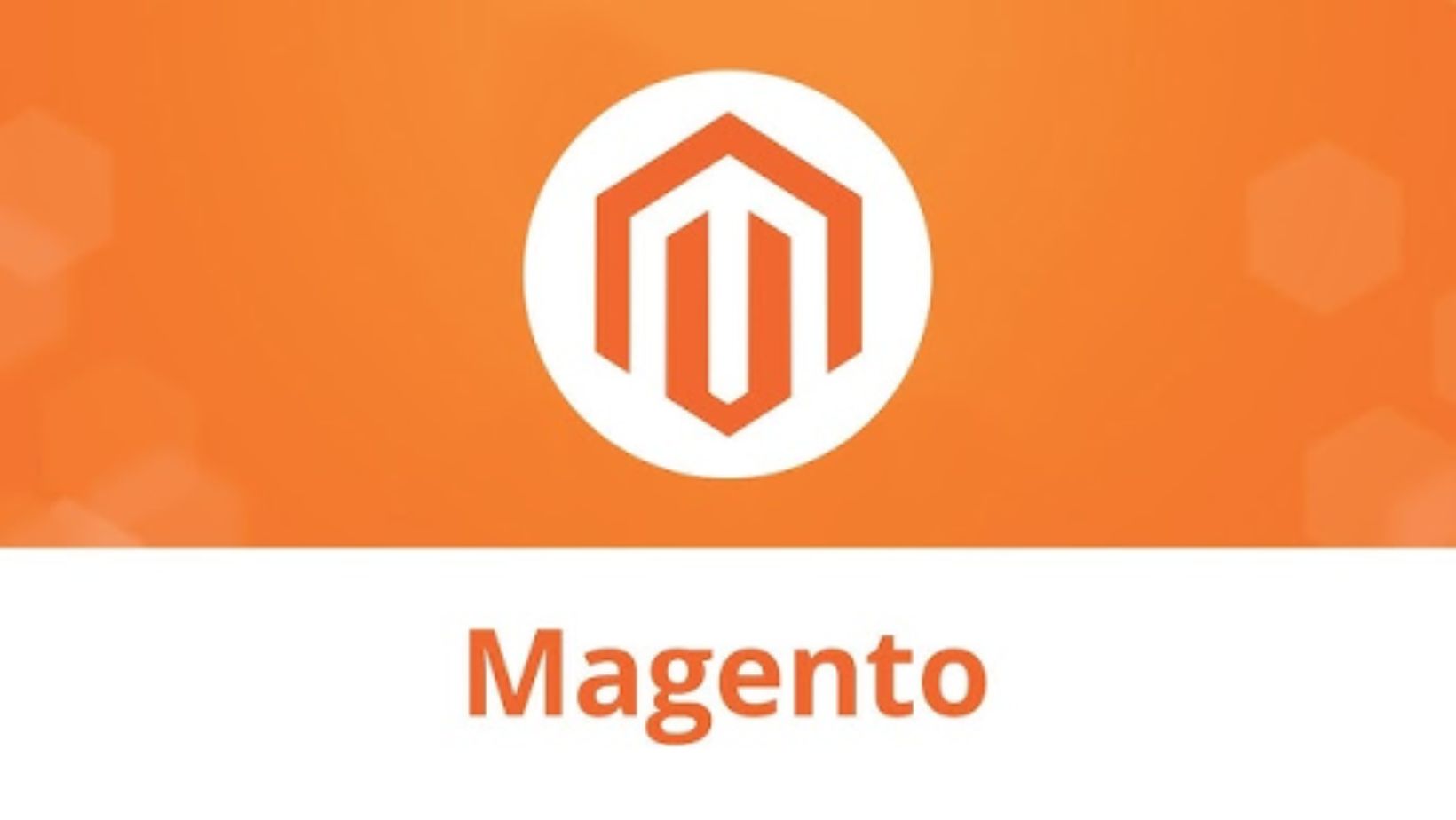In the current era, e-commerce is becoming an increasingly relevant area of rapid business development and the development of an online store is considered a significant step toward integration. Today, one of the most widely used platforms for creating online stores is Magento, and magento development company is an excellent guide to making this a reality.
What is Magento
Magento is a powerful, unique, and flexible platform for e-commerce that was developed in PHP. It offers a large set of tools for the formation and management of electronic stores of varying complexity and also has several versions, which allows you to choose a very suitable option in accordance with business needs.
Stages of Development
Let’s look at the main stages that you need to know when developing an online store on Magento:

1. Requirements analysis. At this stage, it is important to define the goals and objectives of the online store, its target audience (TA), and functional requirements.
2. Selecting a Magento version. Based on the budget and functional needs, a suitable version is selected. The platform offers several versions:
○ Magento Open Source — a basic free version, which is suitable for small and medium-sized online trading platforms;
○ Magento Commerce — a paid version which includes more advanced features, such as content management, marketing tools, support, etc.;
○ Magento Commerce Cloud — a cloud version that presents the advantages of hosting and integration with other cloud services.
3. Installation and setup. At this stage, you need to choose a reliable hosting that supports Magento requirements (PHP, MySQL, etc.). You can install the platform manually or using the installer offered by the hosting provider.
4. Selecting and setting up a theme. This is the stage of choosing a suitable theme or template for your online store. The platform offers both free and paid themes.
5. Creating functionality. This is the phase of adding and managing products, categories, and attributes, setting up payment methods (PayPal, credit cards, etc.), and delivery (courier service, mail, etc.).
6. Expanding functionality. This is the period of installing additional modules to improve the functionality of the store (for example, SEO, CRM, and integration with social networks). If necessary, you can develop your own modules or make changes to the code.

7. SEO and marketing. Optimization of the site for search engines, namely working with meta tags, URLs, and content, and also setting up tools for traffic analysis (for example, Google Analytics).
8. Testing. Before launching an online store, it is worth testing its functionality, performance, and security.
9. Launch and promotion. This is the period of preparation for the launch when all settings and functions are checked, marketing campaigns are carried out, and social networks and other channels are used to attract traffic.
10. Support and updates. After successful testing, the online store is launched, and its further support and updates begin. This is the phase of regular updates of the Magento platform and installed modules to ensure security, as well as technical support for consumers and solving emerging problems.
Developing online stores on the Magento platform is a modern choice for many entrepreneurs due to its flexibility, scalability, and strong functionality.

